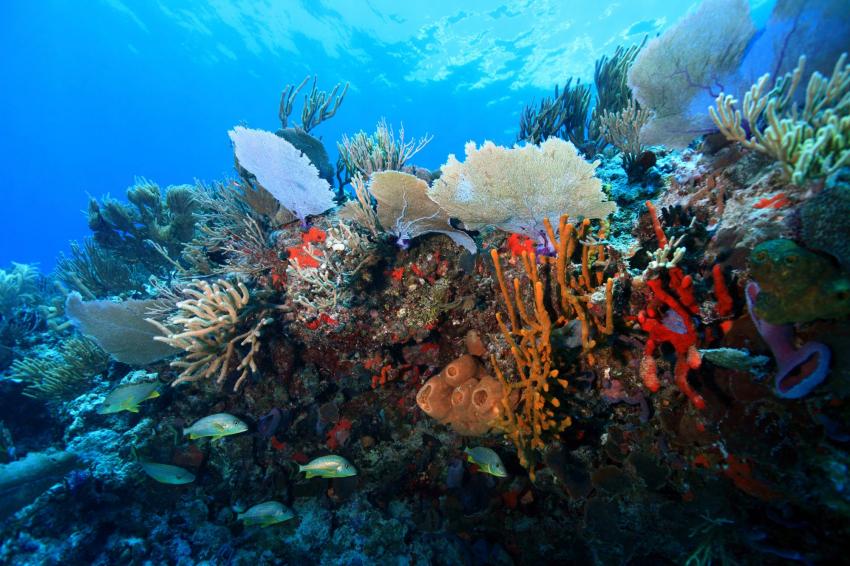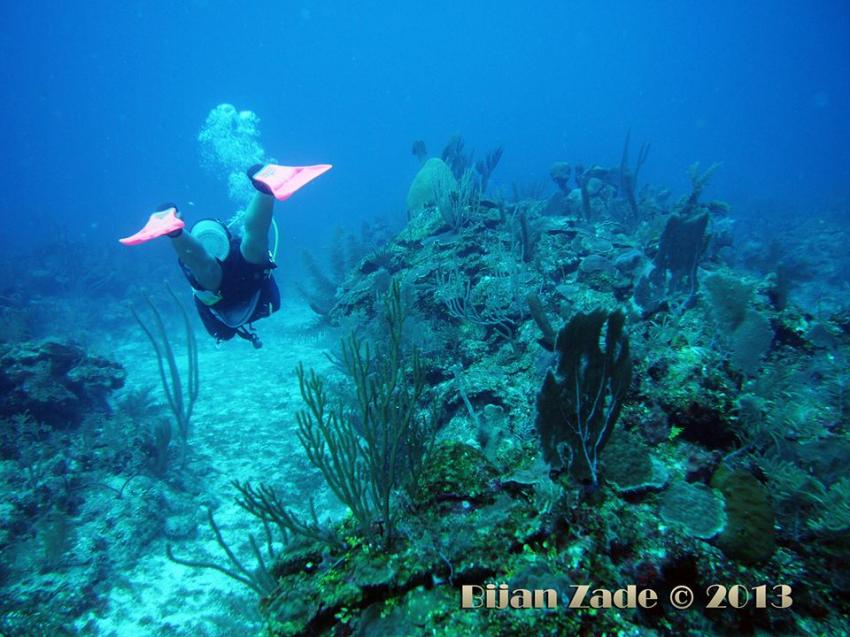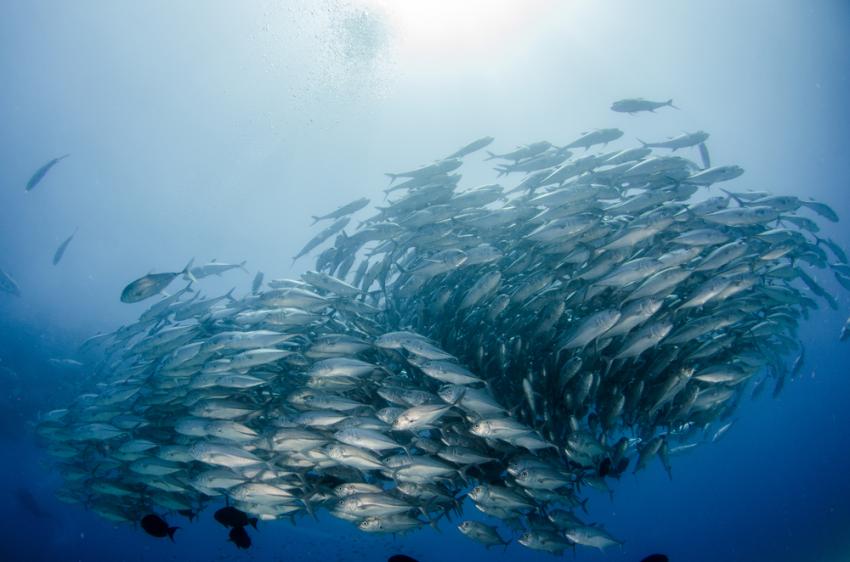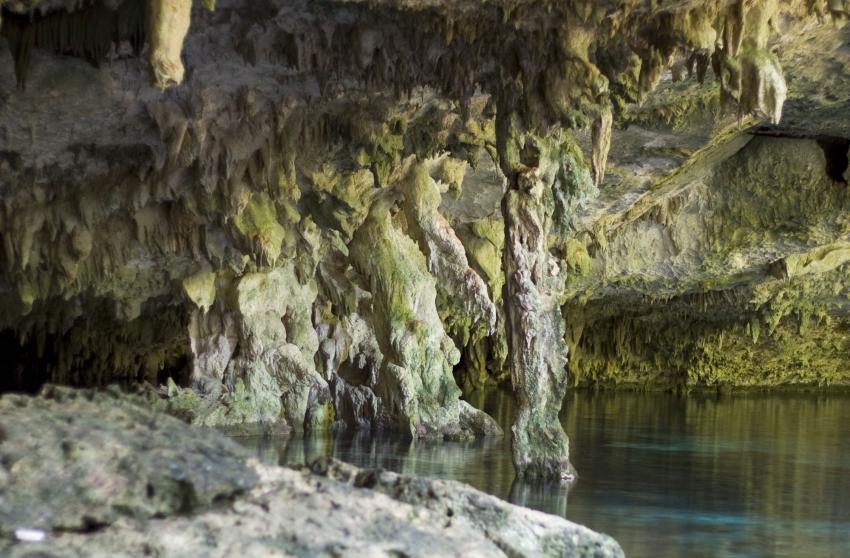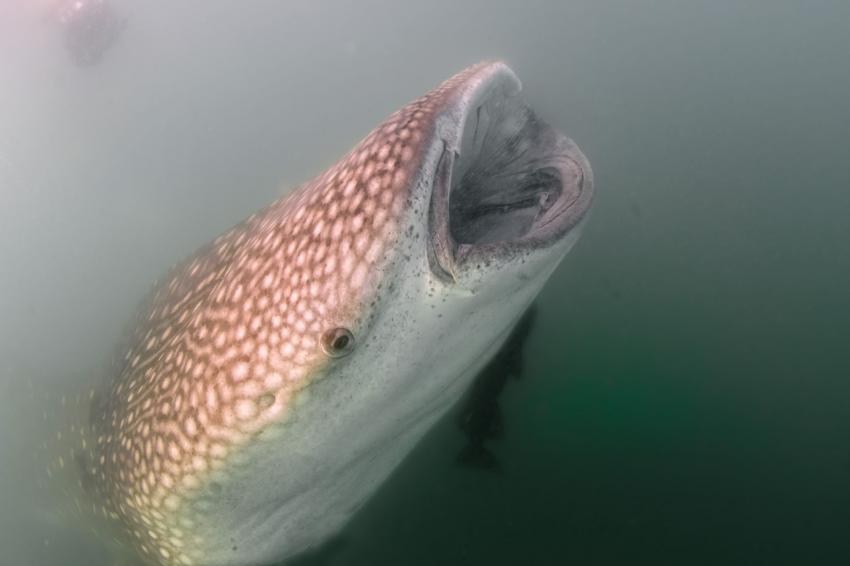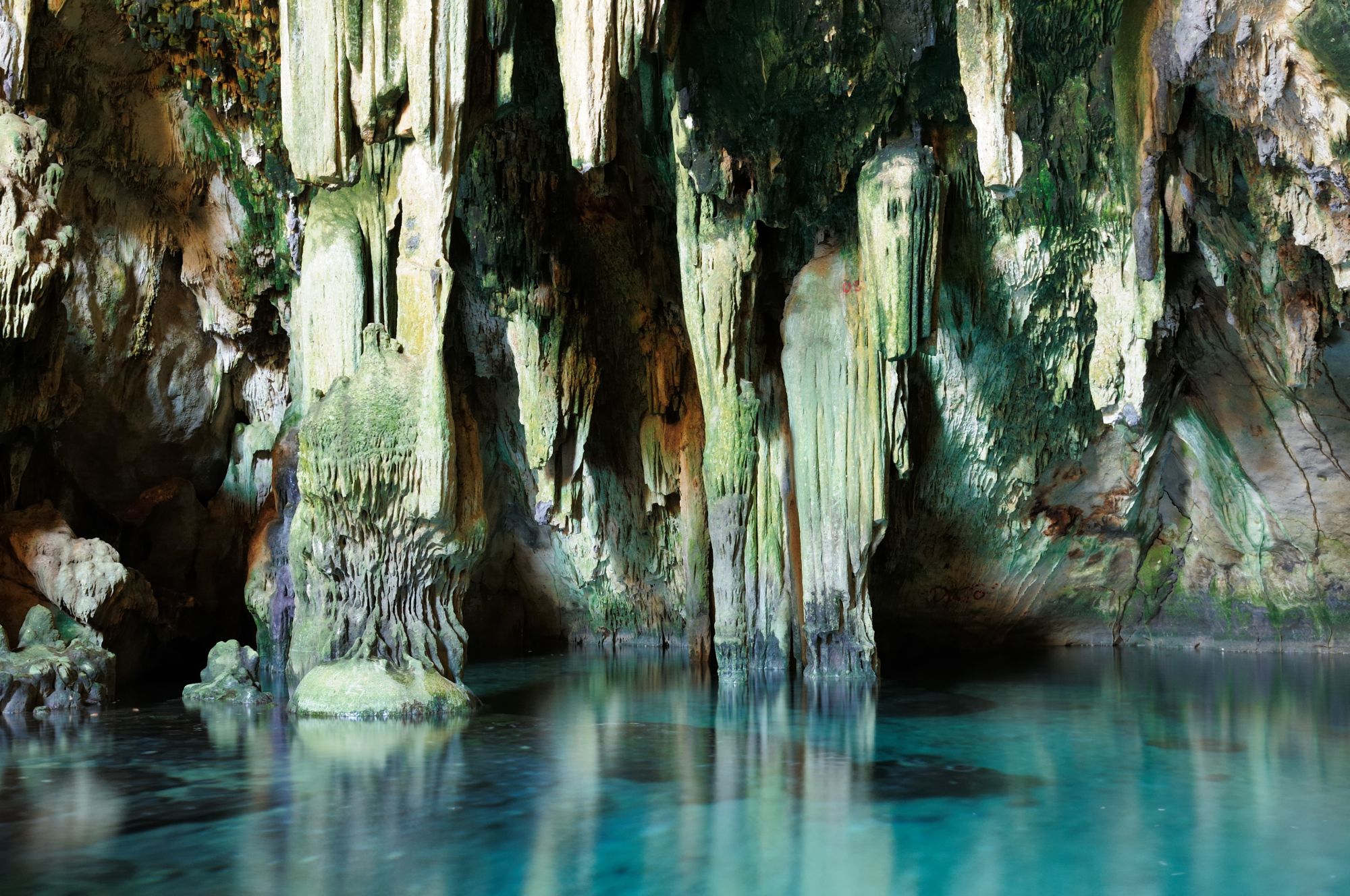
Cenotes
Upcoming departures
Free DAN Insurance to keep your dives covered
Best loyalty program.
60% of divers returns to us
60% of divers returns to us
Best price guarantee
All about Cenotes dive site
Tranquility
Cavern
Fresh water
Cave
Cenotes
Perfect visibility
Depth max
60 m
Diver level
Novice
Visibility
to 100 m
Diving in cenotes Cenotes are on top of the list of must-see attractions in Mexico for all tourists and especially divers. It is a really unique experience that draws divers from around the globe. While diving in the cenotes of the Riviera Maya, divers can explore flooded gigantic halls, rooms, and tunnels that are "decorated" with stalactites, stalagmites, columns, and helectites (legacy of the ice age), along with archaeological remains, ancient wall paintings, astonishing light beams, refraction effects, hydrogen sulfide clouds, and haloclines (where the fresh water and the salt water meet). Snorkeling and swimming can be done in almost all of the cenotes. Diving in a cenote requires an Open-Water Diving Certification at the minimum, and is only done during the day, while there is natural light. Because diving in cenotes is done in a partially closed environment, the dive must be organized and supervised by a certified Full Cave Diver. For safety, each group consists of a maximum of four divers. What is a cenote? A cenote is a deep sinkhole formed when the roofs of limestone caverns collapse and fill with rain water or water from the underground water table. The water in a cenote may be fresh water, salt water, or a mix of both. Cenotes were the main source of fresh water for the ancient Mayan civilization. Structurally, a cenote may be open, like a lake, or almost completely closed, with just a small opening at the top. They can only be found in this part of the world, all over the Riviera Maya, near Playa del Carmen and Tulum. The Mayan people believed that the cenotes were sacred and that they were gifts of the gods. The Sacred Cenote (Cenote Sagrado) at Chichen Itza is known to be a cenote where the Mayans performed human sacrifices. TOP Cenotes of the Yucatan There are lots of great cenotes in the Yucatan, and all of them are worth diving in. Some of the most exciting and defenitely "must see" cenotes are Angelita, Dos Ojos, and Gran Cenote (Sac Aktun). Cenote Angelita is an absolute must-see for advanced divers who are looking for something extraordinary. The cenote goes straight down 60m/200ft, and the special thing about this dive is that there is a layer of hydrogen sulfide that separates the fresh water from the salt water and looks like a river beneath you, with large branches of trees and leaves that coming up out of it. Divers will be truly surprised by the inspiring beauty of this cenote and its deep blue water. Angelita is a fantasy, and diver have to dive in it to understand just how breathtaking it really is. Cenote Dos Ojos means "two eyes", and it is called that because it is actually two pools of water in the cenote that connect into a very large cavern zone shared between the two. These two caverns are very different, and they start and end in the same place. The first is called the Barbie Line. It leads the diver mainly along the opening of the second eye and contains plenty of daylight. There are a few varieties of fish living in the cavern, and two types of fresh-water shrimp. The second is the Bat Cave Line. It is the darker of the two due to the fact that it leads around an air-filled bat cave with little daylight entering. There is also a large underground river which flows through Dos Ojos. It is the same water that creates the large Caribbean cove known as Xel Ha. Diving in Dos Ojos is different from diving in the rest of the cenotes. Gran Cenote is also one of the must-see cenotes. It is a large amazing garden cenote with easily accessible caves for snorkeling and diving. Snorkelers can swim around the edges of the cenote, viewing depths up to 10m/32ft. Snorkelers can see columns of stalactites and stalagmites of all shapes and sizes, as well as fish and turtles. Advanced divers can enter the large cave here that leads 15m/49ft back into darkness. Gran Cenote is part of the Sak Aktun system of underground rivers whose current flows from deep inside the Yucatan Peninsula. Grand Cenote is really big and diving here makes an unforgettable impression.

Watch video
When To Go Diving
The cool thing about diving in cenotes is that divers can dive in them year round, no matter how the weather is. Crystal-clear waters, endless visibility (more than 100m/300ft), no current, and flat waters make these dives a divers paradise.
